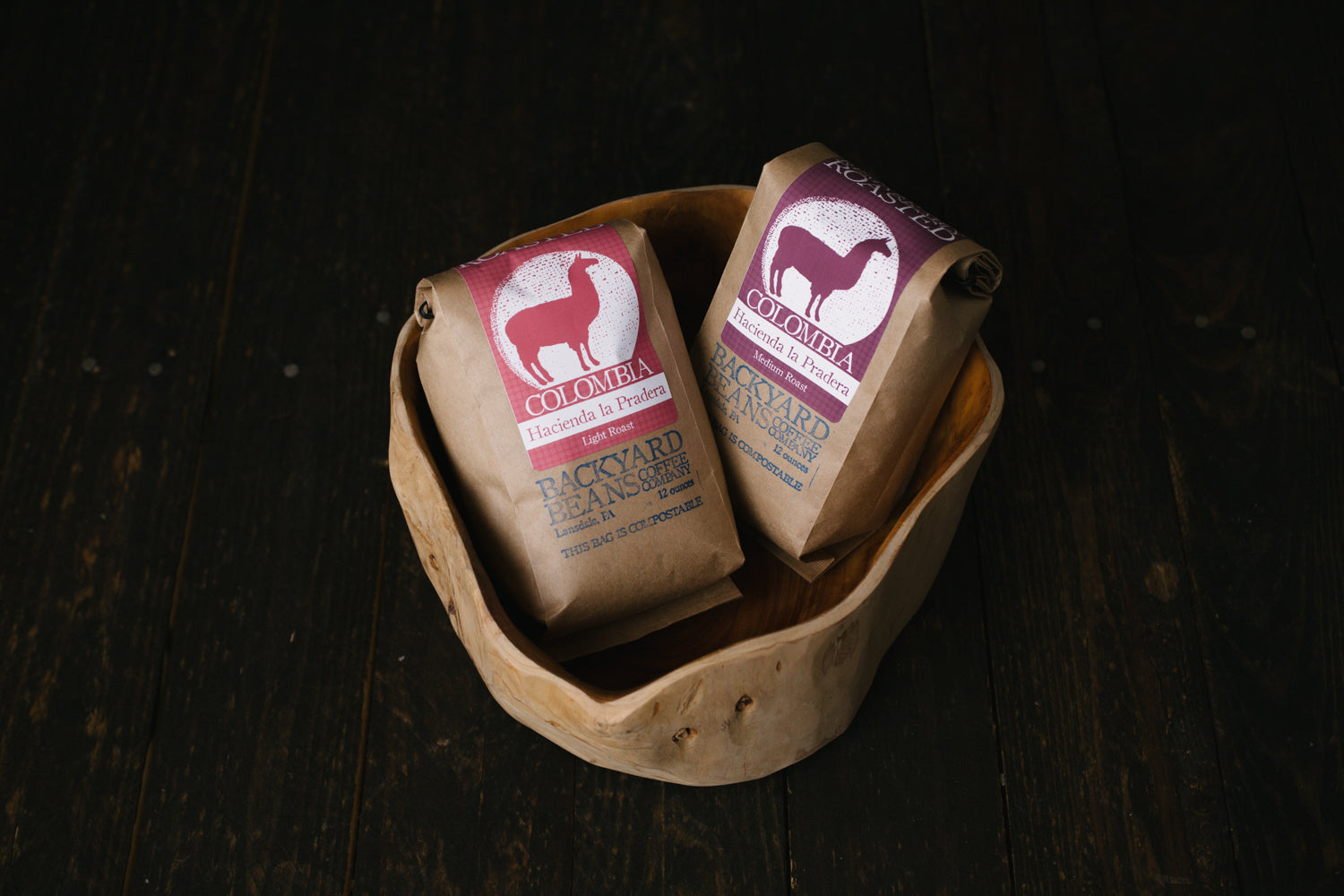
The Art of Roast Levels & Flavor
Let's talk about roasting! You've probably heard the words "light", "medium", and "dark" to differentiate between roasts and these are good reference points when talking about what is going on when we roast coffee. If you aren’t sure what your preference is, or just want to learn what we do with our roasting, then I hope this short study will help you better understand.
The coffee bean in its raw state is very dense and has a pale green color, we call it green coffee, or green for short, and it is undrinkable in this state. The roasting process causes chemical and physical changes to the green, transforming it into the tasty and aroma rich substance we know and love. When we roast coffee we can dramatically affect how you experience the flavors in a freshly brewed cup of coffee.
First, we turn on our roaster (15kg Loring Falcon) and give it adequate time to heat up. We then take the green coffee and drop them into the roasting chamber. At around 8-10 minutes into the roast, at approximately 395 degrees Fahrenheit, the coffee reaches first crack. This is a critical stage of the roast when pressurized gases inside the bean reach a tipping point and force their way out of the bean, causing an audible pop. This is when the coffee is getting close to its drinkable state, but more heat and time is necessary to develop specific and desirable flavors. The time after first crack is when an important reaction occurs called “caramelization”, this is the breaking down of complex sugars into simple sugars giving the coffee it’s characteristic brown color and desirable flavors.
If we are going for a light roast we keep the roast going for another one and a half to two and a half minutes after first crack, and we only let the temperature of the bean rise another 10-25 degrees. For a medium roast we are going to push both the time past first crack as well as the bean temperature to cause more caramelization to occur. If we don’t let the coffee develop enough past first crack (not enough heat and/or not enough time in the roaster) you can get certain undesirable flavors – bitter, sour, herbal, harsh and unpleasant acidity among others. If you let the roast go too long, you will also get undesirable flavors – bitter, baked, flat, burnt, etc.
The light roasts we offer have a bright and pleasant acidity, they will taste sweet and might have some floral aromas depending on the bean. Medium roasts push the caramelization resulting in a chocolaty, nutty, almost syrupy flavor. In medium roasts you will smell and taste a slight amount of “roast”, whereas light roasts will have no “roast” flavor or aroma. In dark roasts you will pick up aromas that are referred to as dry-distillation aromas – roasty, pungent, resinous, even mildly spicy (think Punch in the Face).
While it is good to know your roast preference the real fun is learning and experimenting with new things. To make this more accessible to our customers we are offering for a limited time our Colombia Hacienda la Pradera coffee roasted 2 ways, light and medium. This is a coffee that adapts very well to different roast styles, we have been enjoying it for the past 3 months roasted medium/light. When roasted light it has bright, juicy fruit notes (raspberry and pomegranate), and when roasted slightly darker these notes develop into caramel, a syrupy body, dark chocolate with a hint of raspberries. We're doing this so that you will have an opportunity to experience the nuances that roasting can cause to a coffee.
Enjoy!

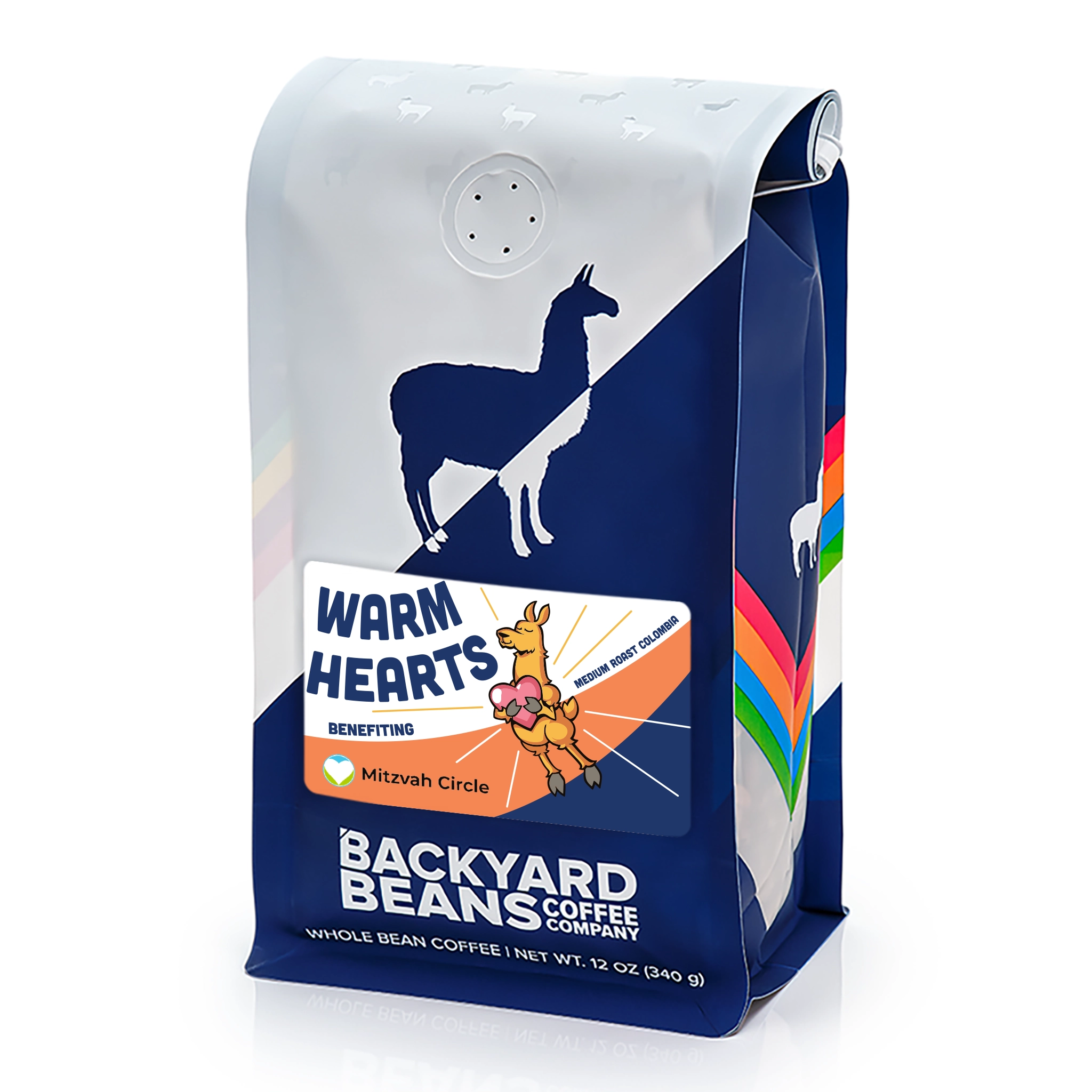
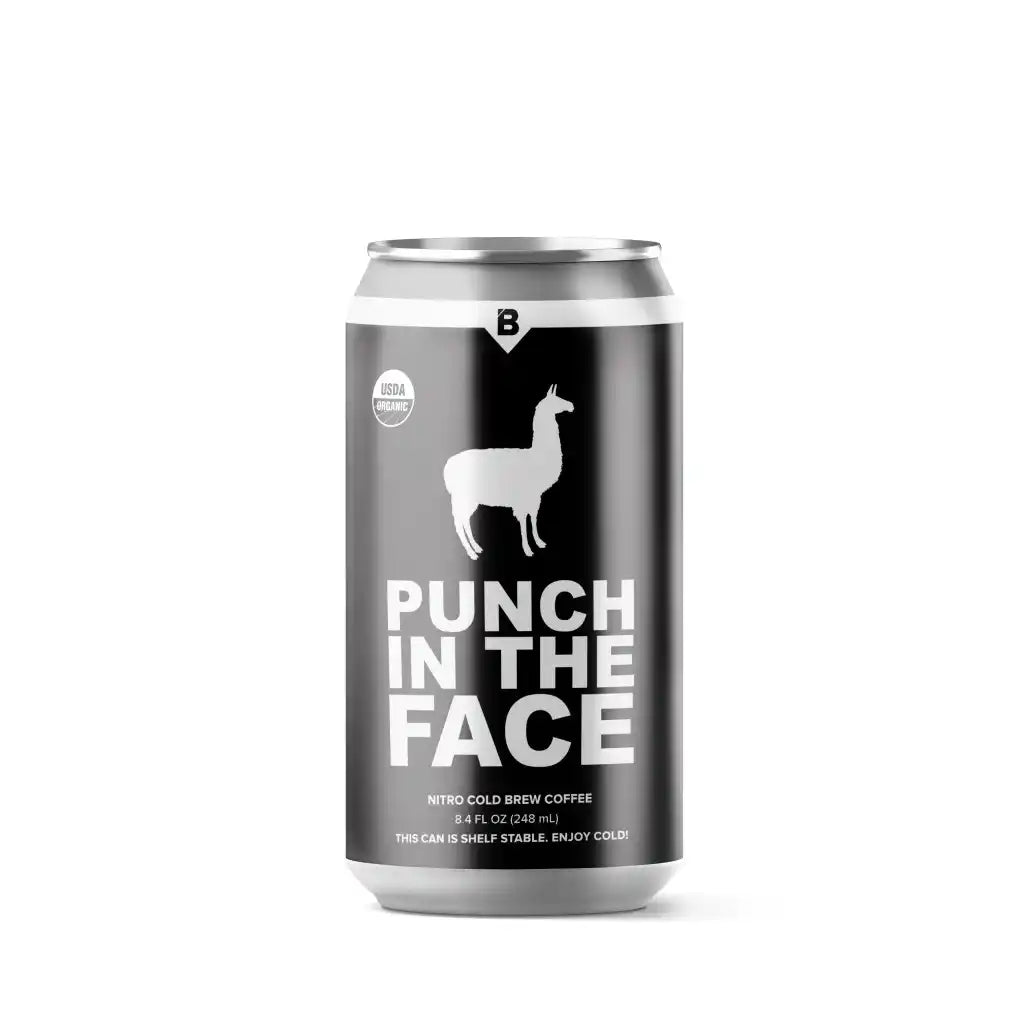
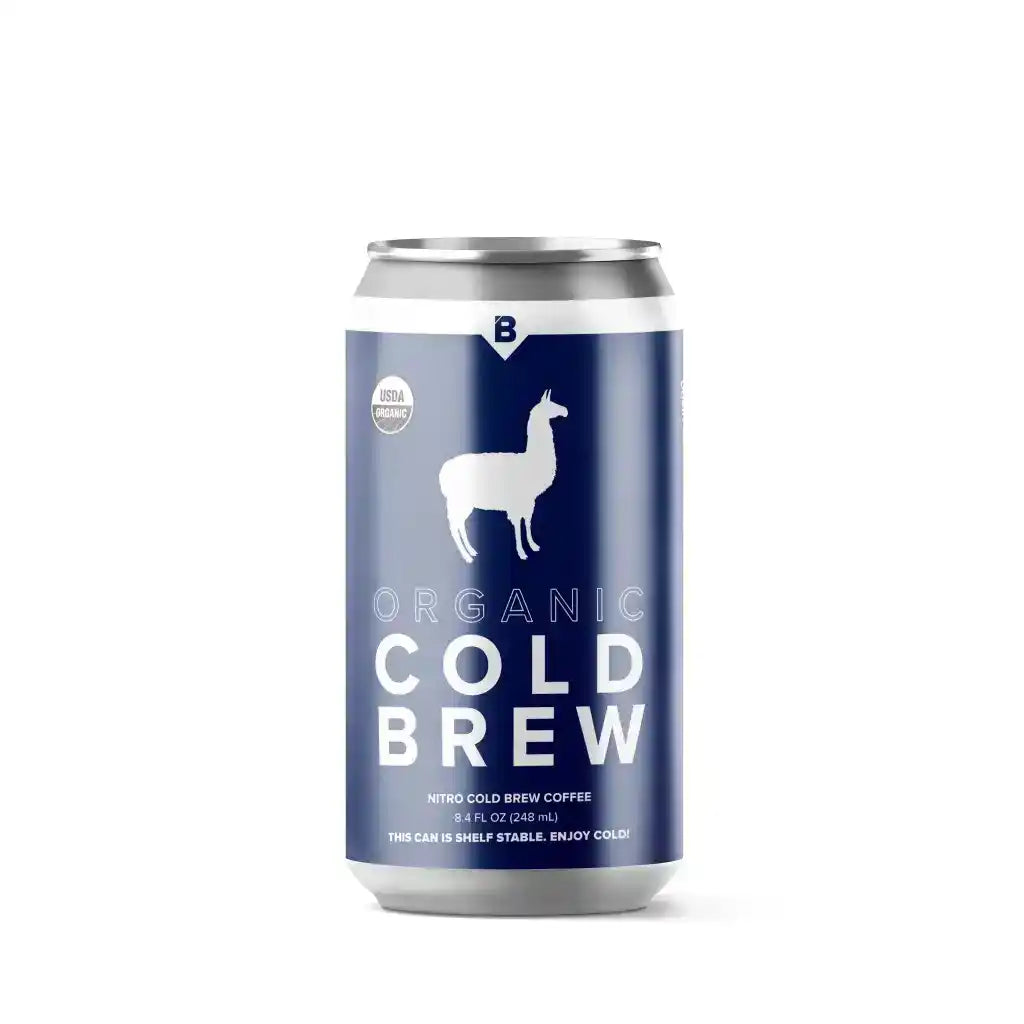
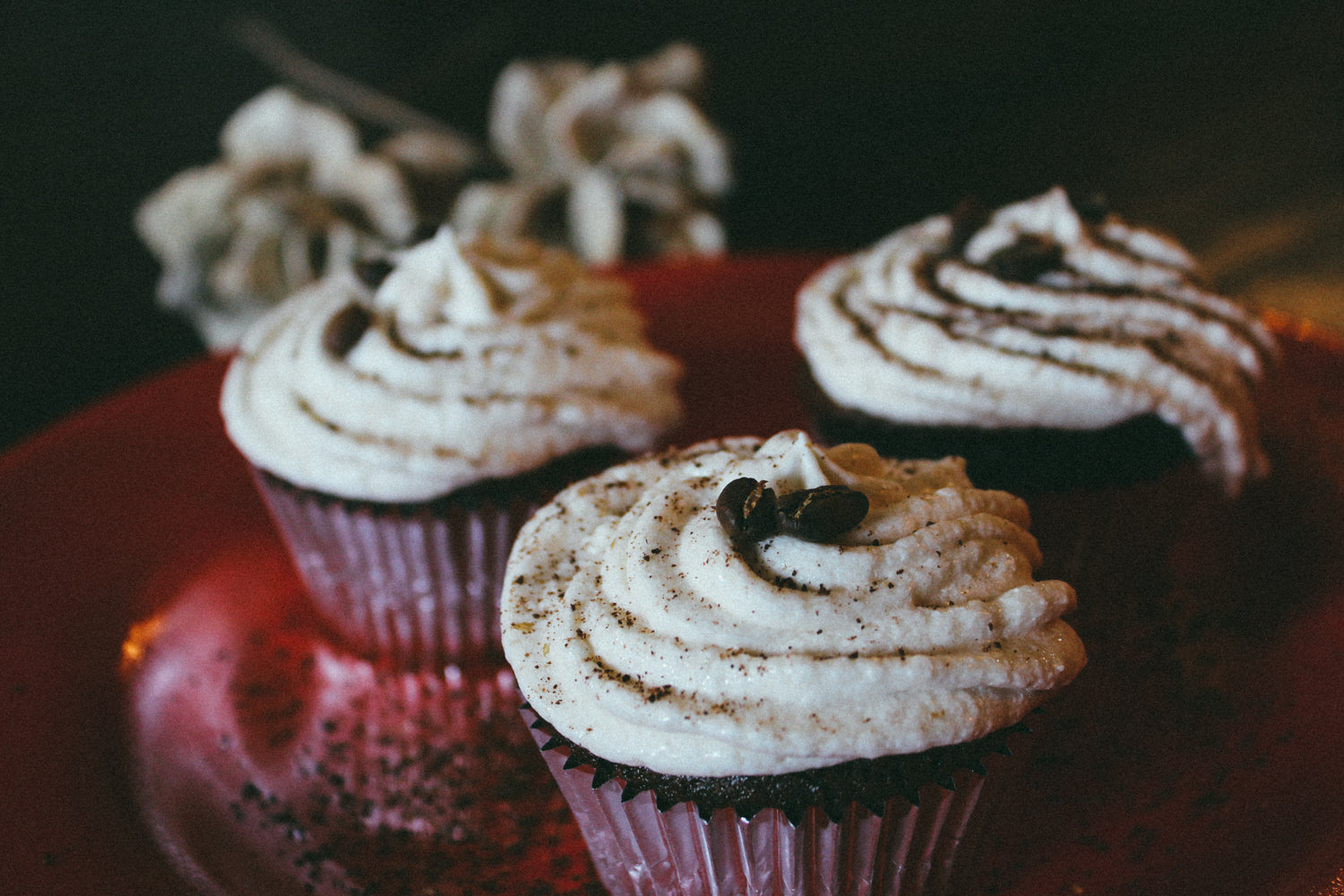
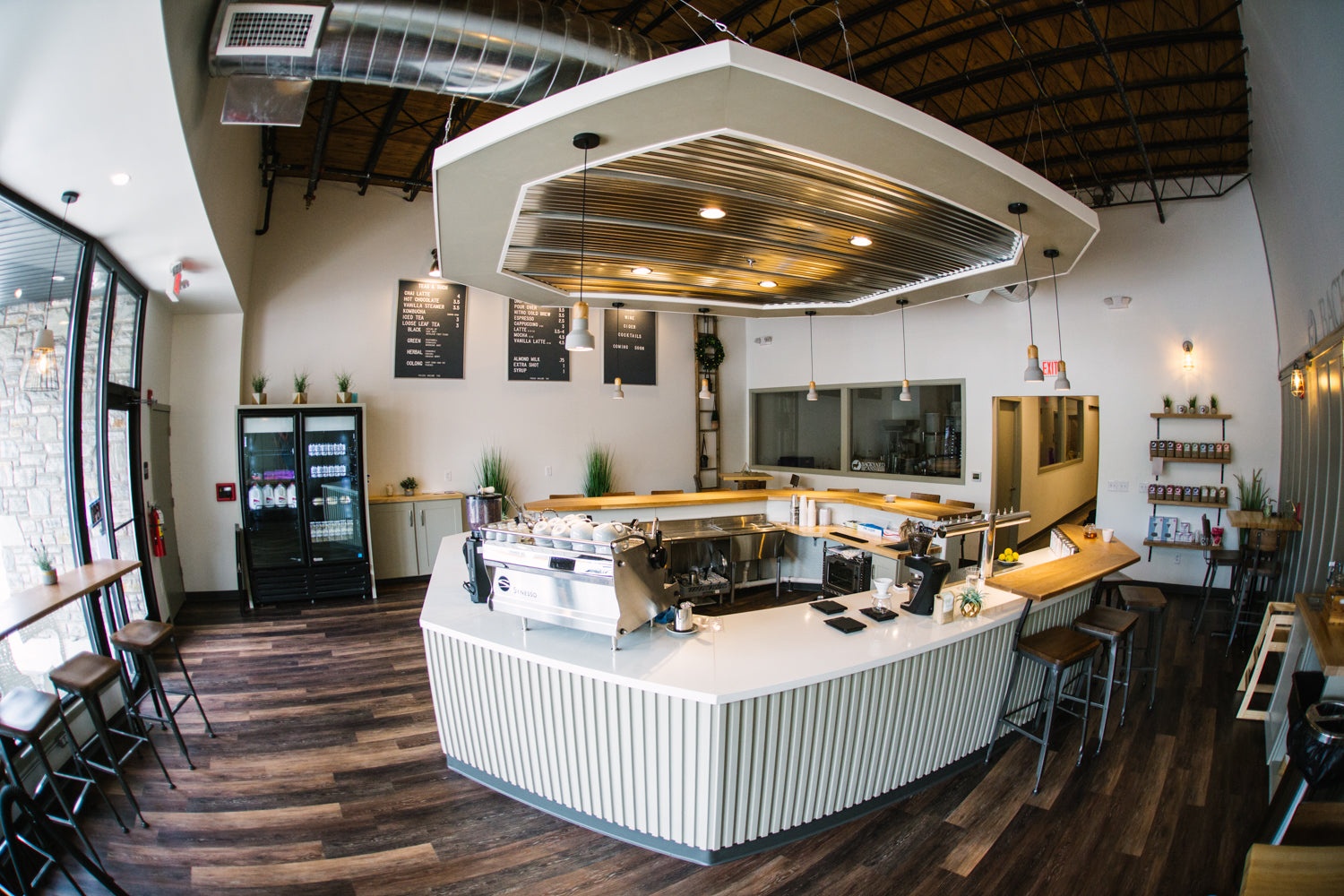
Leave a comment
This site is protected by hCaptcha and the hCaptcha Privacy Policy and Terms of Service apply.